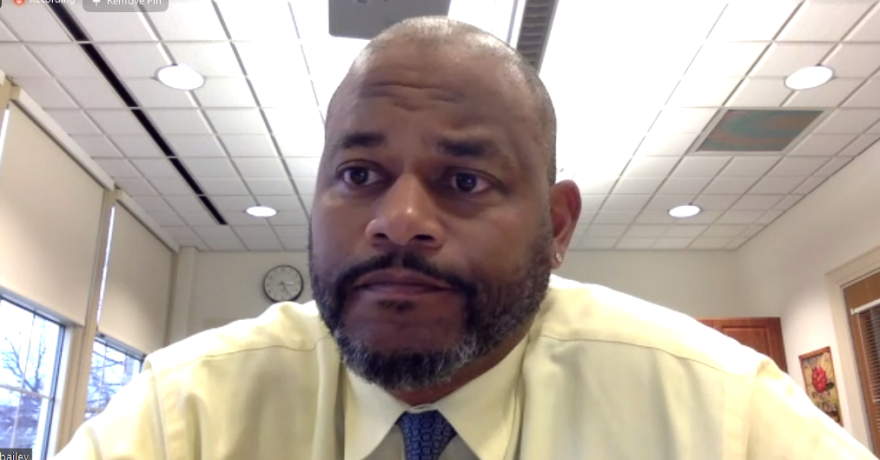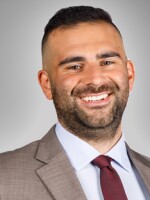Members of the Lehigh Valley Justice Institute released an assessment of mental health conditions among students in the region, and the results are "shocking," according to Joe Welsh, president of the Institute.
"So just to start off, the reason that we did this report is that we really want to raise public awareness of the scope," Welsh said, beginning the virtual press conference to announce the results. "And frankly, I found it shocking."
- The Lehigh Valley Justice Institute released an assessment of mental health in Valley middle and high schools
- The results were "shocking" according to their president. According to Institute data, one in nine Lehigh Valley youth attempted suicide in 2021
- According to the Institute, this could cause more kids to end up in prison—and some schools facilitate this by getting law enforcement involved too often
- There is hope: staffing, wellness centers and therapy could help ease the crisis
Presenting the study was data scientist Victoria Wrigley, who did the research for the LVJI.
Data from the Pa. Youth Survey conducted by the Pennsylvania Commission on Crime and Delinquency and data the Pa. Department of Education's Student Assistance Program was crossed referenced with more local data to arrive at the findings.
The assessment measured categories such as suicidal ideation, suicide attempts, and other mental health issue symptoms in middle and high schooler students in the region. The study found that one in nine had attempted suicide in 2021, and two out of five were depressed.
"This is vital," Welsh said after the virtual medial conference. "This cannot be put on the shelf for another year. "
Wrigley did not share the study's methodology in the virtual press conference, but there is a methodology section of the assessment itself.
According to Institute, 944,789 students were surveyed, 10.9% of whom said they had attempted suicide in 2021.
This number is similar to other published findings from around the country. For example, a 2022 study from UCLA found a similar result, except it was 9% instead.
'School-to-prison pipeline'
Welsh said that the longer the mental health crisis goes unfixed, the more it will cost in the future—through incarceration and other manifestations of people growing up without proper help.
"The phenomenon is known as the school-to-prison pipeline, where we're criminalizing behaviors at younger and younger ages and typecasting youth as criminals, and setting them up for failure," Welsh said.
Another person who weighed in during today's virtual conference was Dr. Harrison Bailey, principal at Liberty High School in Bethlehem.
"This is a model which asserts that harsh disciplinary school policies that involve law enforcement can interrupt students in the juvenile justice system," Bailey said. "Which in turn increases their likelihood of being involved in the criminal justice system into adulthood."
Students with disabilities or mental illnesses are more susceptible to ending up in the prison system through this means, Bailey said.
Solutions
The presentation ended on a hopeful note: there is an upshot, according to all three who spoke.
Wrigley said hiring and education may be able to help solve the problem.
"There is a dire shortage of school psychologists and child therapists," Wrigley said. "Incentives to enter these fields may help stimulate the stream of professionals needed to support our students."
She said the youth mental health crisis is complex, and branches out into many areas of child development. Together they require lots of different professionals.
"Regardless of why our kids are experiencing severe mental health problems, we need to give them the support they need not only to survive but thrive," Wrigley said.
Bailey was excited to share a development at his school: a wellness center.
"Basically took what was formerly our in-school suspension room and part of our library and redesigned it to be a wellness center," Bailey said. "The center is, as described in our, in our belief, a pilot for the not just the state but the country."
The center, according to Bailey, can be used for counseling, meditation, and therapy and has already made a positive change.


